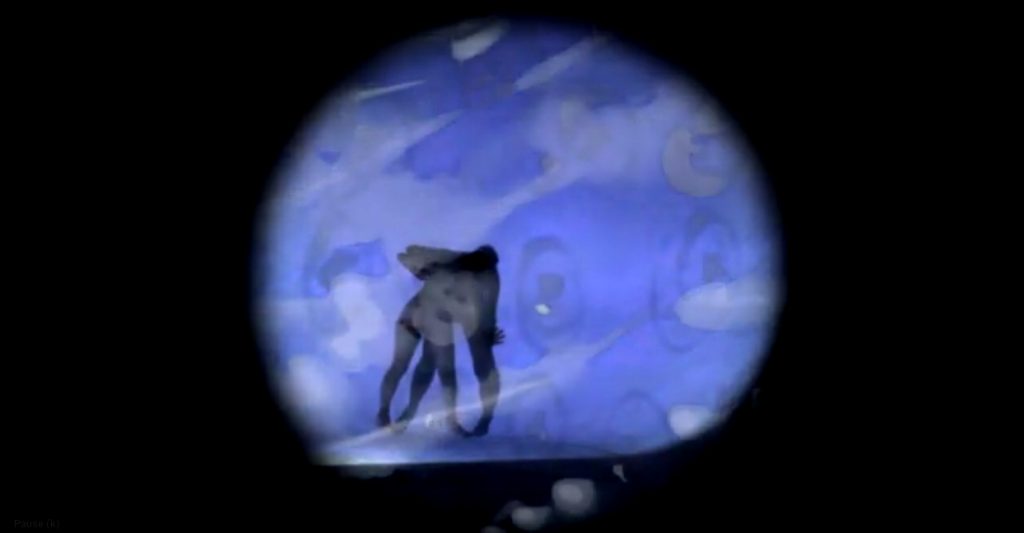
What if we could hear songs from creatures of the Southern Ocean? What messages would they bring to us creatures on land?
A song of Humpback whale leads this animation of life observed, measured, experienced and expressed by many people.
LISTEN:
Inspired by workshops with animator/musician Paul Fletcher at the Victorian College of the Arts (VCA), I improvise to:
- Sound recordings shared by Paul and his students
- Shadow play with Ballarat-based artist Lynden Nicholls
- Art and data from Gumbaygnirr ecologist Chels Marshall, scientist Bill Gladstone and new media artist Jason Benedek from University of Technology Sydney (with choreographer Barbara Cuckson)
- Data from scientists from the Australian Antarctic Division (AAD)
- Video recordings made on Gumbaygnirr country (Nambucca Heads) with Indigenous software engineer Cat Kutay, of animations cast into water
- Video recordings I made of birds and the moon at Yharr (‘meaning ‘running water’), also known as Yass), on country inhabited by Ngunnawal and Wiradjuri peoples
I find improvising lends itself to connecting to life’s many-layered scales and complexities. Improvising allows for coexistence within me, of times past, present and future.
This is not direct ‘data translation’ that assumes everyone can read the same data in the same way. For example, giving numeric data points a sonic or a visual value. Not at all. Improvisation is a subjective response, a way you may uniquely experience and express your relationship to the data.
How do people define data? This depends on context. In the computing environment data are known as “…numbers, collected to be examined and considered and used to help decision-making” (Cambridge English Dictionary, 2019). Data may also be known as experiences relayed directly through our sensory apparatus.
